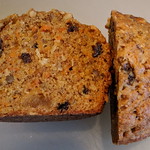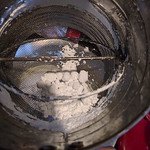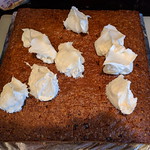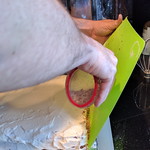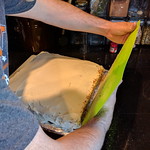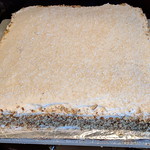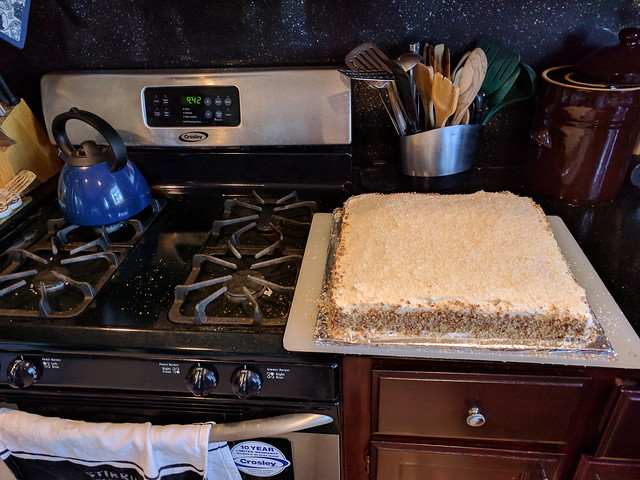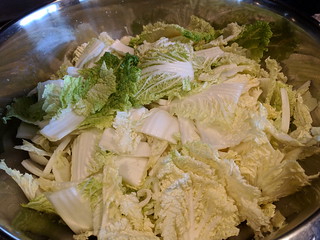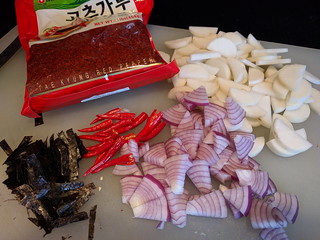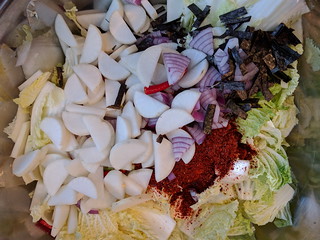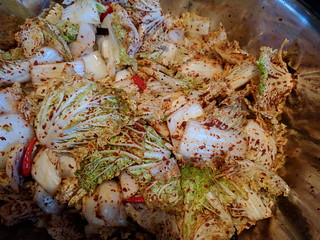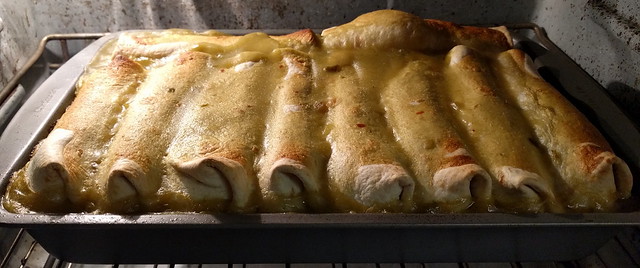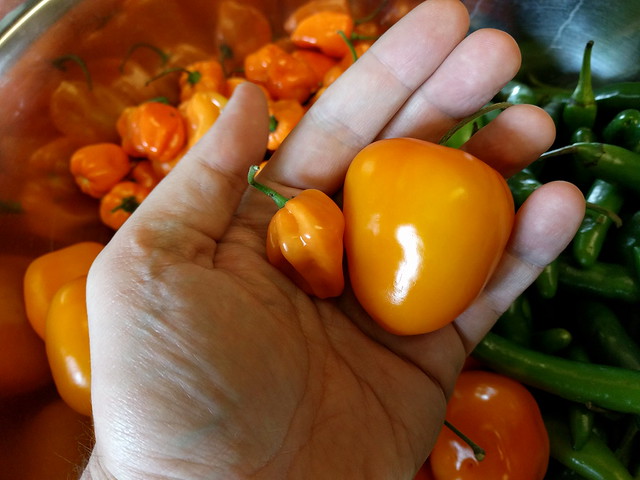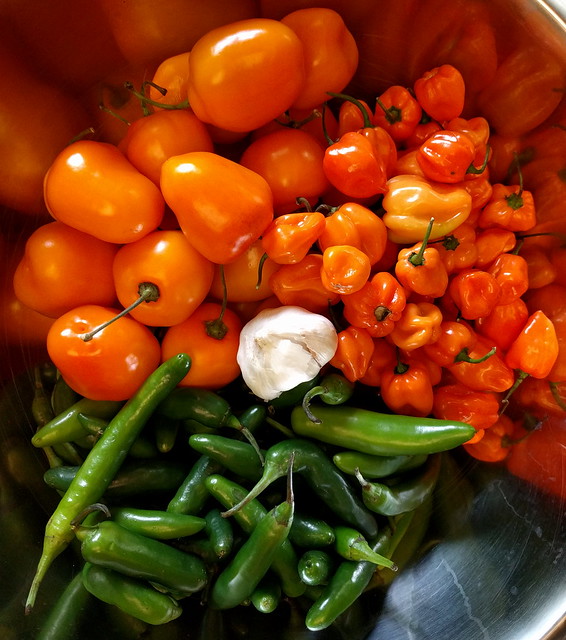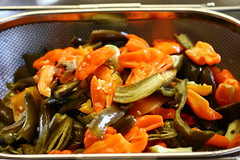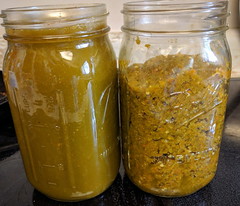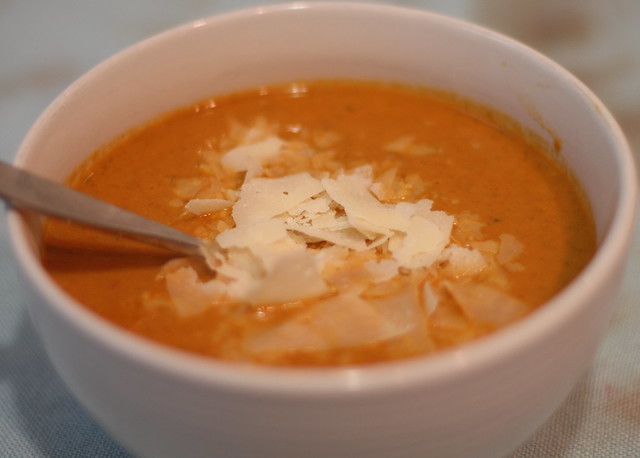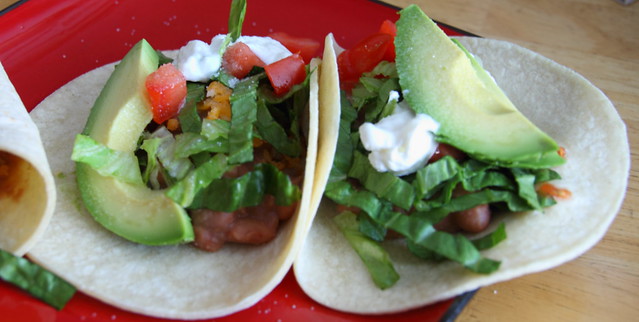This morning, the frost on the deck has stayed… well into afternoon. Freezes and a few snow flurries this past week have been a surprising change from the previous weekend, when errands could still be done on one’s shirtsleeves (if done briskly, anyway). And now, the change of season has brought with it both fewer stresses, and additional ones. 2014 is suddenly bearing down on us, and the tentative thoughts we’d had about changes in the new year will soon be… more than thoughts. D. will be lecturing for an online course for a university this year, and T. has agreed to joining a vision board for a camping and retreat organization. Both D. and T. are taking on this additional jobs against their better judgment, and there will be many adjustments in the new year – and possibly a lot of whining as well. Nevertheless, one always has to try out opportunity like a coat still bearing its tags. Maybe something is meant to fit…

Meanwhile, we’ve begun to amble about the countryside a bit, in search of the unusual, as we gather items for the festive season. At a diner on the 680 industrial corridor outside of Benicia netted us a yummy breakfast at Rosie’s Cafe, and the chance to watch trains – right up close. That was probably the last weekend we could reasonably sit outside in the thin autumn sunshine, but it was well worth it to chow down on zucchini, broccoli, tomatoes and onions stuffed into an omelette and a perfectly toasted English muffin. Cheap and entertaining – can’t beat that.
Our diner luck held, the following weekend, and we were excited to discover a tiny cafe tucked into the edge of a shopping plaza in Pleasant Hill that has regular diner options and vegan ones as well. Real diners – places where requesting a half-caf mocha latte with sprinkles will get you nothing but regular refills of strong black coffee and a bowl of those little vats of cream – are traditionally completely impatient with the high maintenance requirements of foodies. They’re usually cheek-by-jowl with irascible old people, shifty-looking loners, families full of sticky children, and cackling dames gossiping over their tea. Plaza Cafe has all this — plus scrambled tofu among its breakfast offerings, and huge portions – tell the server you won’t need the hash browns or you’ll never finish. A cash-only cafe, full of “regulars,” Little League families, and surprised newbies like us, who just happened to wander in, this place is right in the middle of everything, yet off the beaten path. Those in the area will find it worthwhile to check it out.
A brisk, sunny day, Thanksgiving was a gift of family, new friends, and a plethora of great tastes. Our meal consisted of garlicky roasts and lentil loaf with a surprising bbq sauce, a savory barley risotto, rich mashed sweet potatoes, studded with bits of fried apple and onion, an amazing vegan kugel-style mac-n-cheese, the regular mashed potatoes, green beans with slivered almonds, salad greens with Honeycrisp apples and bright bursts of pomegranate arils, and silky mashed… cauliflower. Which we’re still not sure we believe contained no potato whatsoever. One of the nicest additions to the meal, aside from numerous pies, was T’s resurrecting her vegan cheesecake. Once upon a time, this was the go-to recipe, lemon cheesecake. Since then, it has had a few variations — this year, cranberry apple. Since the last time we blogged this particular recipe was in 2008, we’ll go ahead and repost:
Basic Vegan Cheesecake
- 1 14 oz pkg. firm silken tofu
-
- 1 8 oz. pkg “Cream Cheese” Tofutti, Daiya or, substitute regular creamed cheese if you’d like
- 2/3 c. sweetener – we used erythritol
- 1/2 tsp. vanilla extract
- 2 tbsp cornstarch + ice water
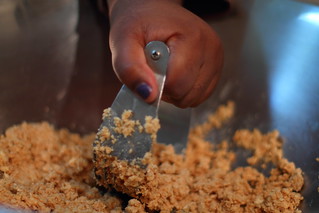
Though a graham cracker crust is traditional, a more flavorful — and less apt to go soggy — alternative is a gingersnap crust. You can make it in the same way — whiz up ten or fifteen dry gingersnaps in your food processor (or, ginger nuts, as they’re also called) and add a tablespoon of butter or margarine to create a crumb the texture of damp sand, and then pack it with your fingertips into the bottom of a spring form pan. Pre-baking the crust is unnecessary.
~ Preheat Oven 350°F ~
Place silken tofu, cream cheese in bowl, and, using an immersion blender or beater, blend until smooth. Add your flavoring. If you’re making a lemon cheesecake base, 1/4 c. of lemon juice at this stage will give you a perfect tang.
In a smaller separate bowl, combine 2 tbsp ice water, your extract and cornstarch with a whisk. Pour mixture into tofu blend and beat until VERY smooth. Pour lemon filling into gingersnap crust, and bake for 45 minutes. Allow to cool for two hours, or for very best firmness, REFRIGERATE OVERNIGHT. We left ours in the oven and just went to bed, and it refrained from cracking in this way, but cooling SLOWLY.

We topped this lovely pie with cranberry applesauce. This may seem a strange choice, but adding apples to cranberry sauce sweetened and took the edge from the fresh cranberries, allowing us to use less sweetener. Also, the pectin from the peels brought the sauce a really smooth mouth feel, complimenting the creaminess of the tofu. This cheesecake with a citrus sauce, chocolate ganache, or a bright berry coulee would also have worked beautifully.
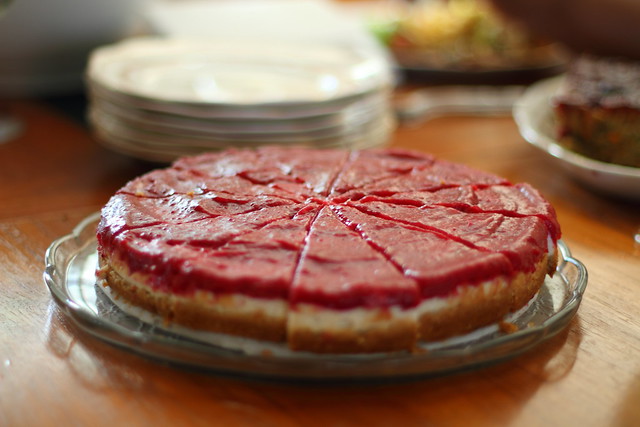
Our next test kitchen project upstairs is attempting to make sourdough rye bread. Rye flour contains little or no gluten, which means that it’s so far lying sullenly in the big silver bowl, staring at us… and yet, the commercial bakeries at Raley’s and Nob Hill bring forth perfectly light, chewy, sour loaves with thick, crisp crusts, on a weekly basis. Their secret has to be, in part, the baking vessels, which must be cast iron, to make that lovely crust, and we have a great pair of cast iron skillets which together will create a Dutch oven. But, only time will tell what else goes into the mix to make a great rye sourdough. Stay tuned!

